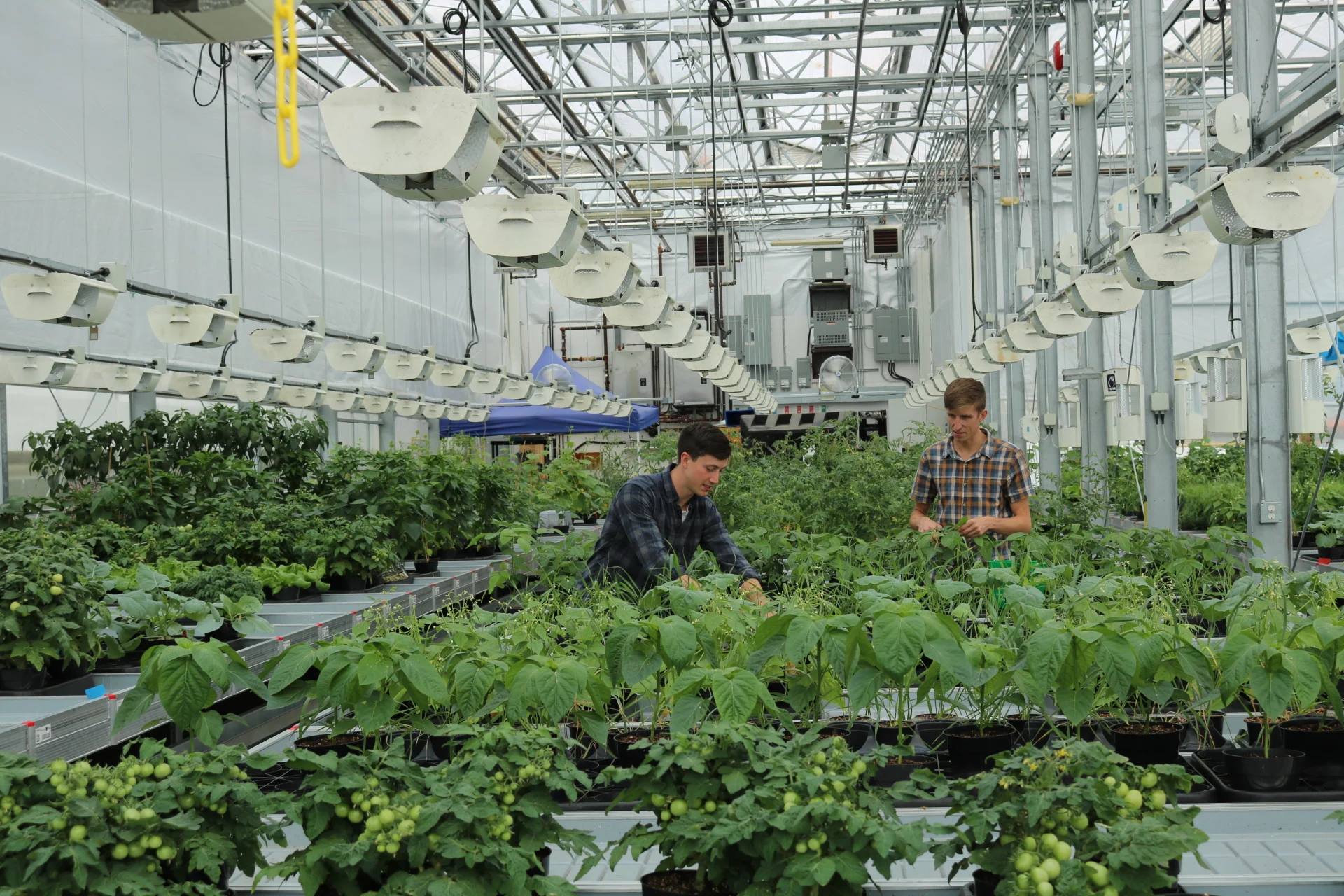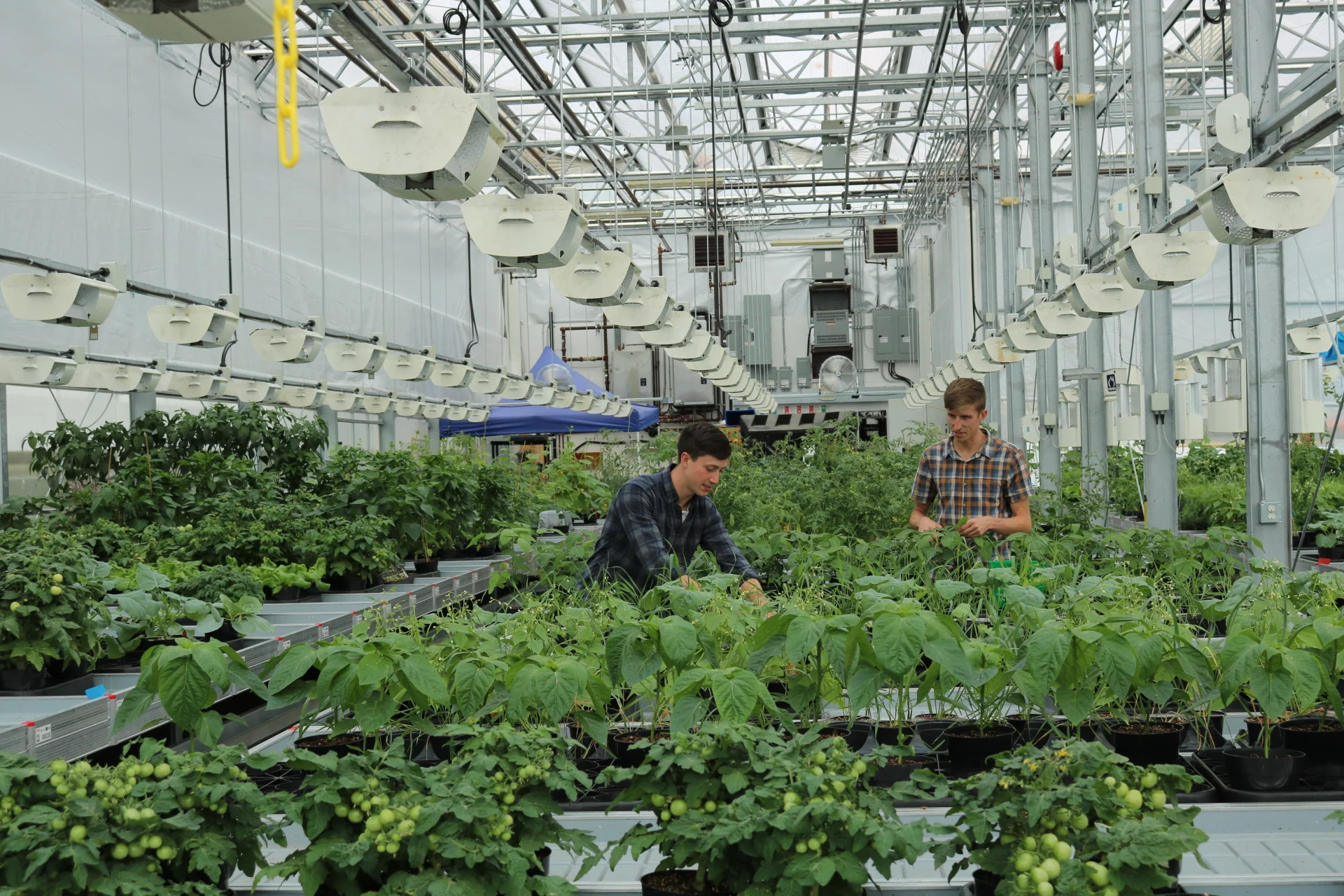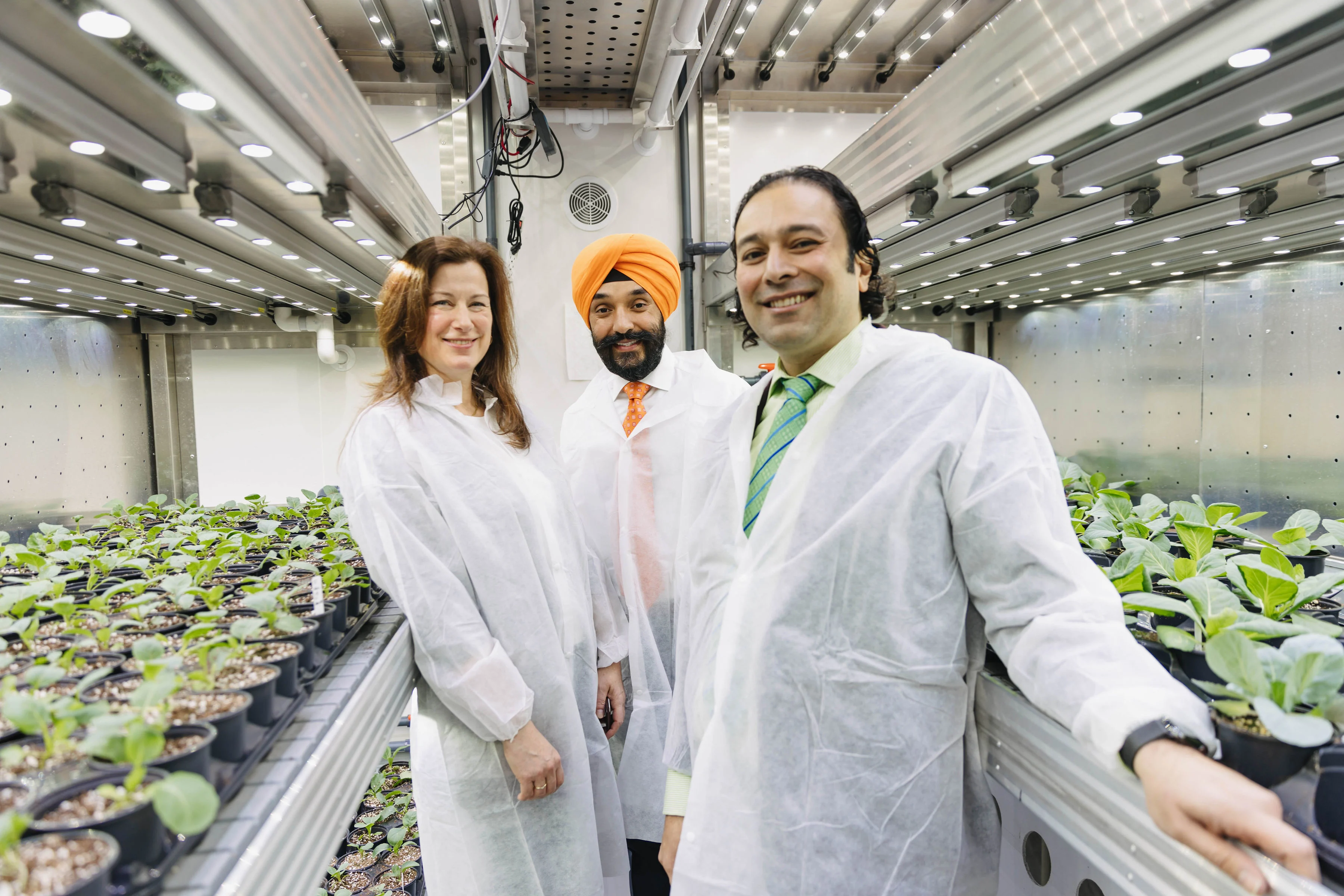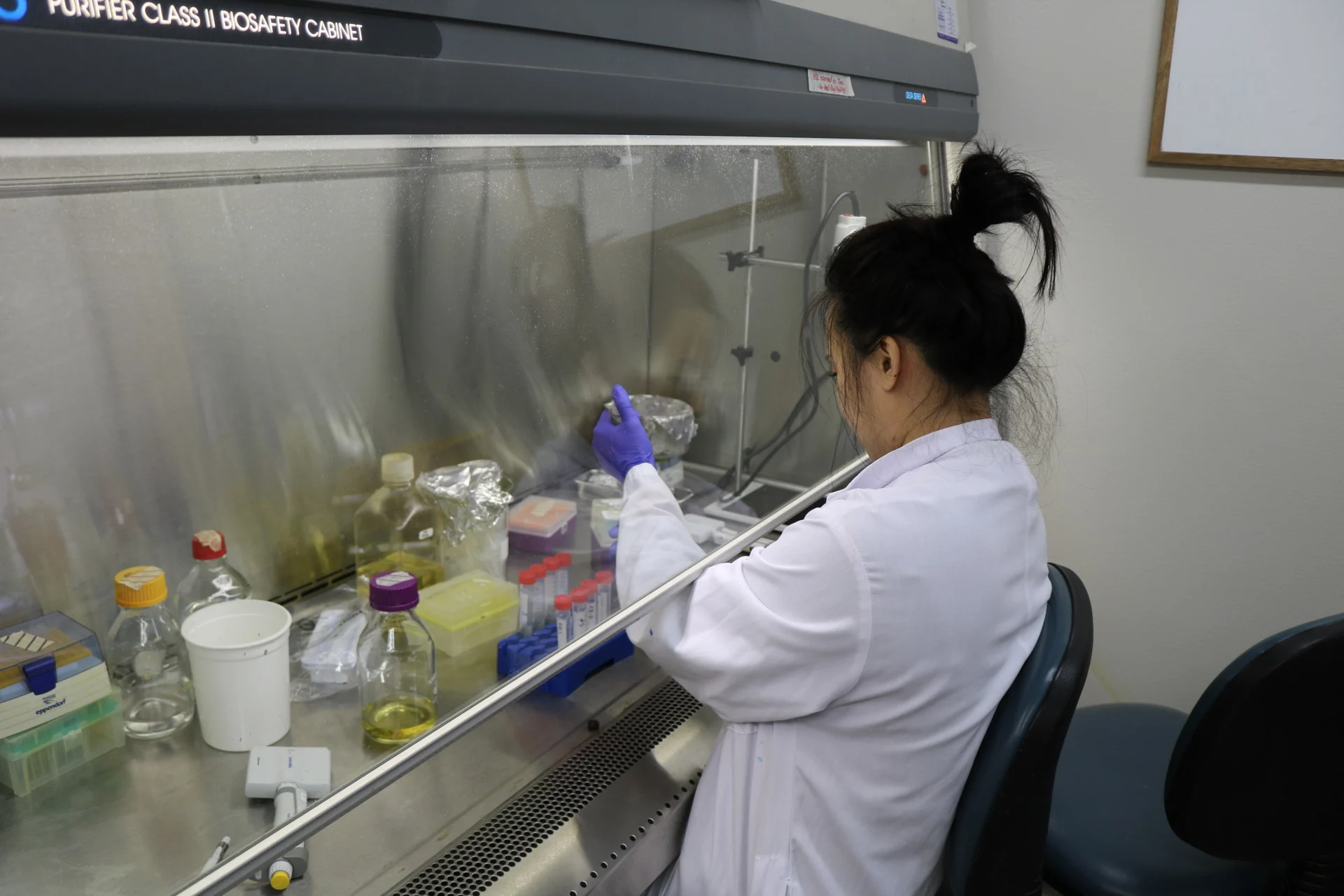
Canadian company will build $830M agriculture centre to fight climate change
Terramera says that farmers are Canada’s largest opportunity to combat climate change because of their ability to capture carbon in the soil.
Technology is being increasingly incorporated into both small-scale and industrial agriculture and Terramera, a Canadian cleantech company, has unveiled a “$830M plan to turn Canada’s economic and climate crises into an opportunity.”
Warming temperatures are presenting a host of problems to farmers — extreme weather events occurring more frequently, precipitation patterns are shifting, and droughts are presenting new challenges. Canada’s agriculture sector was responsible for releasing 59 megatonnes of carbon dioxide in 2018, which was slightly over 8 per cent of the country’s total greenhouse emissions. Terramera says that both the increasingly unpredictable and harsh weather conditions and the need to reduce carbon emissions require a solution that can simultaneously address both of these problems.
Terramera introduced a proposal for the company’s Global Centre for Regenerative Agriculture (Global Centre), which is a project that will be powered by Microsoft Azure. The key element of the Global Centre will be regenerative agriculture, which the company defines as “a set of practices that pull carbon from the air and sequester it in the soil, improving plant and soil health and resulting in higher farm profits, reduced pesticide and fertilizer use and a dramatic reduction in atmospheric carbon dioxide.”
“Farmers are Canada’s largest opportunity to combat climate change through carbon sequestration,” Terramera says.

Terramera's rooftop greenhouse in Vancouver. Credit: Terramera
The company aims to fund this project with contributions from private investors as well as various levels of Canadian governments, which would build a space for labs, classrooms, greenhouses, and offices in B.C. that could range from 250,000 to one million square feet in size. The funds would also be used to develop an artificial intelligence and machine learning (AI/ML) engine that will facilitate laboratory tasks, capture carbon into the soil, increase farm productivity, and reduce the use of synthetic pesticides.
Technology will also be used to “reliably quantify soil carbon sequestration,” which will provide the information that is needed for Terramera to create a sustainable carbon credit market. The company plans on creating carbon credits that farmers can earn each year based on the amount of carbon they capture. The credit could then be sold by farmers, which will improve their profitability and create an incentive to adopt regenerative farming practices. Some examples of these practices include no-till farming, introducing cover crops, and increasing crop diversity.

Minister of Innovation Navdeep Bains at Terramera Lab with CEO Karn Manhas and CSO Dr. Annett Rozek. Credit: Terramera
When asked how easy it would be for farmers to implement new regenerative practices, Terramera explained that technology will be a key part of the transition.
“It can be expensive for farmers to adopt new practices or technology. Even before the pandemic, farmer profits in Canada had fallen by more than 50 per cent since 2017. Terramera’s [Global Centre] will help de-risk the move to regenerative farm practices by using novel technologies to measure greenhouse gas sequestration and determining best management techniques,” Terramera explained to The Weather Network.

Terramera scientist conducting onsite research and development. Credit: Terramera
“By incentivizing regenerative farming practices, the Global Centre will enable Canadian farms and ranches to pull 78 gigatonnes of CO2 out of the atmosphere by 2050. By modelling farm efficiencies achieved through agritech innovation in the Netherlands and incentivizing regenerative practices, Canada can stimulate 2.5 million new jobs over the coming decades, generating over $8.7 trillion in new economic activity – a win for farmers, the environment, the economy and Canadians,” the company’s press release states.







